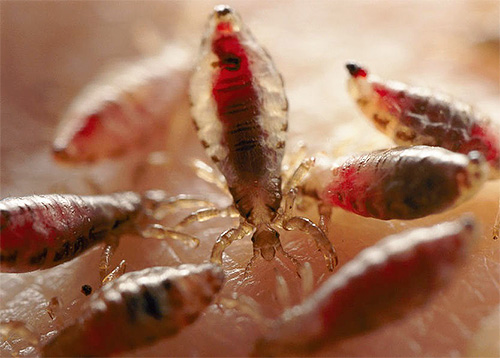
Lice - parasites are quite vulnerable and inactive. They do not know how to move long distances, they do not have wings. Yes, and they do not breed particularly fast - each female in her life can give birth to only a few dozen offspring. But, nevertheless, in terms of the efficiency of distribution and transmission between people, lice are ready to outdo many other human parasites.
How lice are transmitted began to be actively studied even during mass epidemics of the diseases they carry - typhoid and helminthiasis. And it turned out that head lice are transmitted easily, from a biological point of view - effectively, and without pronounced frills, simply crawling from one person to another, or being forcibly transferred.
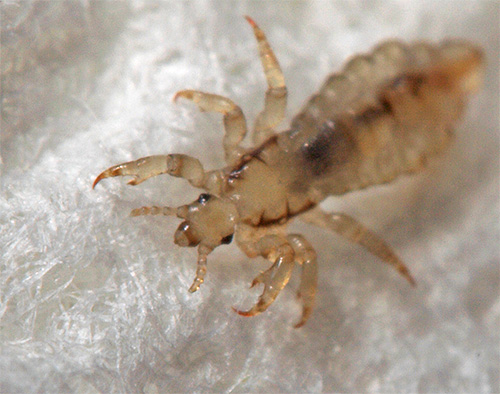
You should definitely know the individual details of how lice spread in order to protect yourself and your children from these parasites.
Ways to spread head lice
The spread of lice always occurs in places where people live, and especially often when they are densely settled. Head and body lice spread especially quickly in communal apartments, barracks, and refugee camps.During the war years, parasites pestered soldiers in the barracks and trenches - in densely crowded places, lice feel completely at ease.
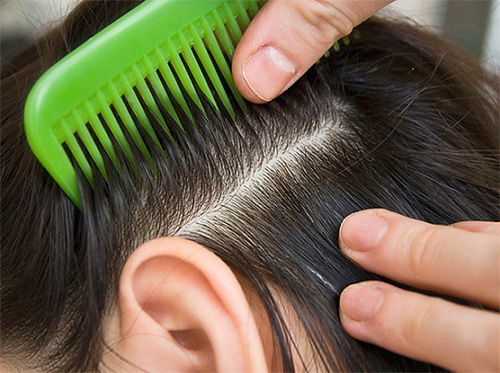
It is interesting
The louse-borne epidemic typhus is even called "trench fever" because it mowed down soldiers during the Crimean campaign, the Napoleonic wars, and during the First World War in the trenches on the battlefield. In conditions of unsanitary conditions, lice spread among the soldiers very quickly and infected almost everyone.
Lice are transmitted from person to person in several ways:
- crawling from one person's head to another. Most often this occurs in those who share one bed, as well as between children when playing together. This is the main mode of transmission of lice.
- Head lice can be carried through hygiene and household items - combs, towels, hair bands, hoops, and from there they get on the head of another person when sharing these things. This method is relatively rare, but may occur.
- Lice are also spread through shared clothing. Hats, scarves and hooded jackets are most relevant for head lice, and body lice can be transmitted through any clothing that contains nits, nymphs and adult insects.
- In very rare cases, parasites fall on bedding and pillows, and from there they climb onto the head of another person who lies on the same bed.
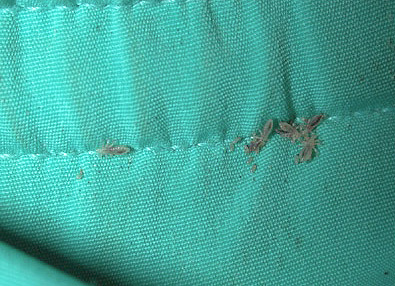
It is important to understand that lice carriers are all people with any number of these insects on their heads. However, the more a particular person is infested with lice, the more likely they will fall from his head onto furniture or household items, and therefore, the greater the risk of infection from him.
Important!
Lice can be waterborne in public bathing areas. It is known that in India, in poor areas, lice are carried directly in the rivers, on the shallows of which both children, adults and the elderly bathe. Most often, pubic lice are transmitted in this way, however, head lice can also spread in the same way: scientists know their high resistance to hypoxia and the ability to survive in water for up to two days.
Nits (lice eggs) due to the inability to move are transmitted only by the forces of the person himself. This may include using shared combs that leave hair with eggs attached, towels, shared clothing or bedding that leaves infected hair.
And further: It's time to finally get those annoying nits out of your hair (the article has over 100 comments)

In general, nits are rarely transmitted and are not the main infecting agents. In other words, in quantities capable of causing an epidemic and infecting a large number of people, nits are not transmitted.
Do lice jump?
Lice do not jump: their paws are well adapted only to clasp the hair and hold on to it securely, but lice do not have any mechanisms for jumping. In addition, lice have a fairly massive body, little adapted for active movement.
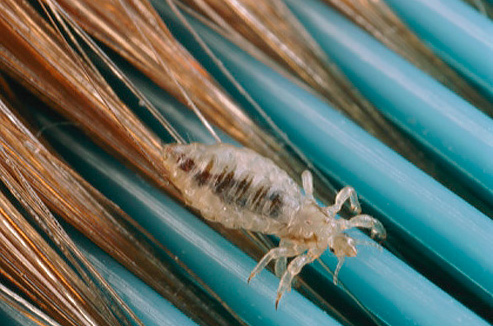
Therefore, lice do not jump, but only crawl. Due to the fact that lice cannot jump, they are not transmitted between people at a distance, and you can communicate with an infected person quite calmly. Of the typical blood-sucking parasitic insects in an apartment that can jump, you can only find fleas.
Review
“A child came from the kindergarten and said that he would not go there again, because they found lice in a girl from the group and said that lice jump from head to head, and every child can get infected. We understand that lice spread in a slightly different way, but if one child has lice in the kindergarten, then everyone else will have lice, even though they can’t jump.”
David, Ishmael
Nevertheless, lice crawl quite quickly and actively, and even with short-term close contact (for example, with a kiss), they are quite capable of getting over to the head of a healthy person.
Debunking myths, or how lice are not transmitted
There are a lot of myths about lice, and some of them are such strong universal stereotypes that their refutation is truly bewildering.
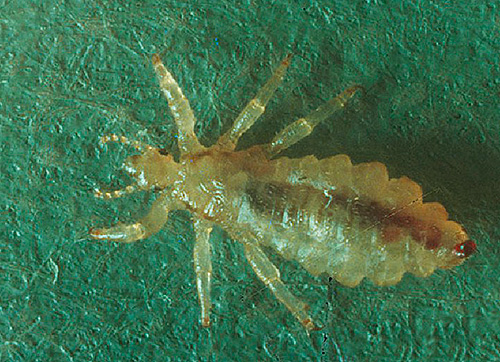
Myth 1. Lice jump.
This has been said before. Lice do not know how to jump and do not jump from head to head.
Myth 2. Lice are transmitted in dirty apartments from a distance.
Lice cannot be transmitted over a distance. And in itself, the sanitary condition of the premises can only indirectly affect their transfer (after all, in such apartments the elementary rules of personal hygiene are often not observed).
Myth 3. Head lice are only transmitted from children.
An absolutely unfounded assertion - head lice are equally active in infecting and passing on to both children and adults.
Myth 4. Lice are only transmitted through sexual intercourse.
Sexual intercourse transmits pubic lice. Head parasites can be transmitted both through sexual contact and just through close physical contact - hugs, wrestling, mother care for a child.

Myth 5. Lice are transmitted from pets.
This misconception is so common that lice on pets should be discussed separately.
Do lice pass from animals to humans?
Neither the so-called dog lice nor cat lice are transmitted to humans. This is due to the characteristics of lice and withers in general - each type of these parasites is strictly specific to its host and cannot live and inhabit other animal species.
And further: A very useful thing that allows you to get rid of lice and nits without any chemicals - a special medical comb ...
Cats live on cats, dogs live on dogs, and in everyday life they are called lice only because they look similar to human lice. But getting on the body of an animal of another species, including humans, these insects quickly die.
Lice in dogs is not transmitted to humans even through close contact, when, for example, the animal sleeps with a person on a bed. By the way, lice in cats and dogs are not transmitted not only to humans, but also to these species from one to another - that is, a cat lice cannot live on dogs, and a dog one cannot live on cats.
Some Features of Lice Transmission
There are some details in the transfer of lice that may seem unusual and even curious.
For example, information was statistically confirmed that head lice infect more nervous people who are prone to feelings and anxiety. Nervous people are believed to have more active blood pulsations and sweat more often, which makes their body odor more attractive to parasites.
In addition, during sexual contact, two types of lice can be transmitted at once - head and pubic. This double infestation is one of the most unpleasant consequences of promiscuity.
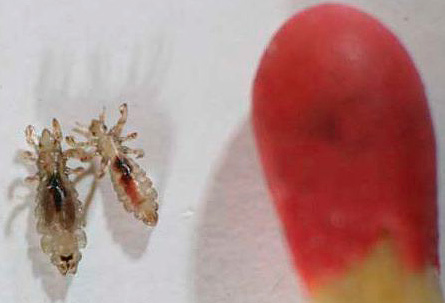
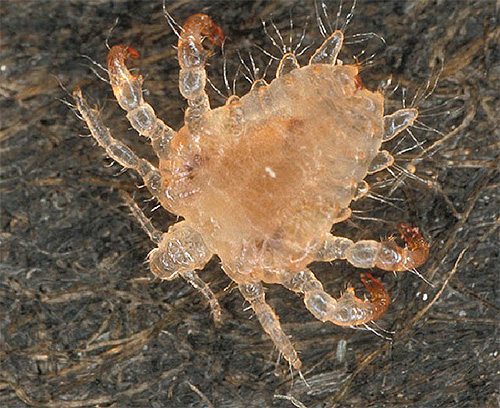
In any case, for reliable protection against lice, you should be aware of all ways of their transmission and avoid:
- close contact with unknown people or those who show obvious signs of lice infestation
- use of other people's hygiene items
- bathing in places with a lot of marginal social elements.
And if suddenly a case of lice infestation of one of the children was detected in the kindergarten, then it is better to keep your child at home for a week or two. This will save parents a lot of trouble.
20 interesting facts about human lice


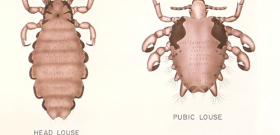
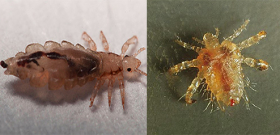
The Antiv comb worked very well for me. There are no contraindications (and I am allergic to some chemicals, I don’t even know which ones). And the comb does not carry any chemistry. Which is better for me.
I am against chemistry in the treatment of head lice. Folk remedies will also not help in this problem, since they are ineffective and, by the way, are expensive. We must use the normal means. For me, Antive has become such a tool.
I am personally against the treatment of lice with chemistry, but I treat my daughter's lice with tea tree and they all die! Try it, it helps too! 🙂
Nyuda is cool, and the scallop too, is not toxic at all.
I agree
Treatment of pediculosis, of course, is a very specific process! In my opinion, it is still better to be treated by professionals. When I discovered a louse in a child, without hesitation, I began to comb the Internet in search of suitable specialists. Finally found. Experts come to your home. And depending on the degree of neglect of pediculosis in a few hours, even a child, even an adult, is relieved of this misfortune. They comb out with a special comb, which, by the way, is then left at home. They sometimes need to comb their hair for prevention. I would not have been able to rid my child of parasites so quickly and effectively in my life!
They can be poisoned with tea tree or lavender.
Not
Lice can be poisoned with tea tree, it helps a lot, super.
No traditional medicine is able to kill them. Only CHEMICAL products and combing. Nothing else will help except burning the hair.
The little one brought lice from the camp. They suffered for a long time. Neither shampoos nor special products helped. Triple cologne helped. They filled their heads, wrapped them in a towel and left them for a couple of hours. They just suffocated 🙂
I go to an additional school, 13 years old. The girl shows signs of lice. We are pretty good friends, and I kind of support her, because she is offended at school because of this. But actually, I take cleanliness pretty seriously, and to be honest, after hugging goodbye, it becomes unpleasant.This is probably the closest contact in such a situation. Any chance of catching insects?
Of course have.
Kerosene with the addition of sunflower oil and shampoo helps me (3:1:1). No medicines of a domestic manufacturer are able to kill nits, only kerosene, unfortunately ...